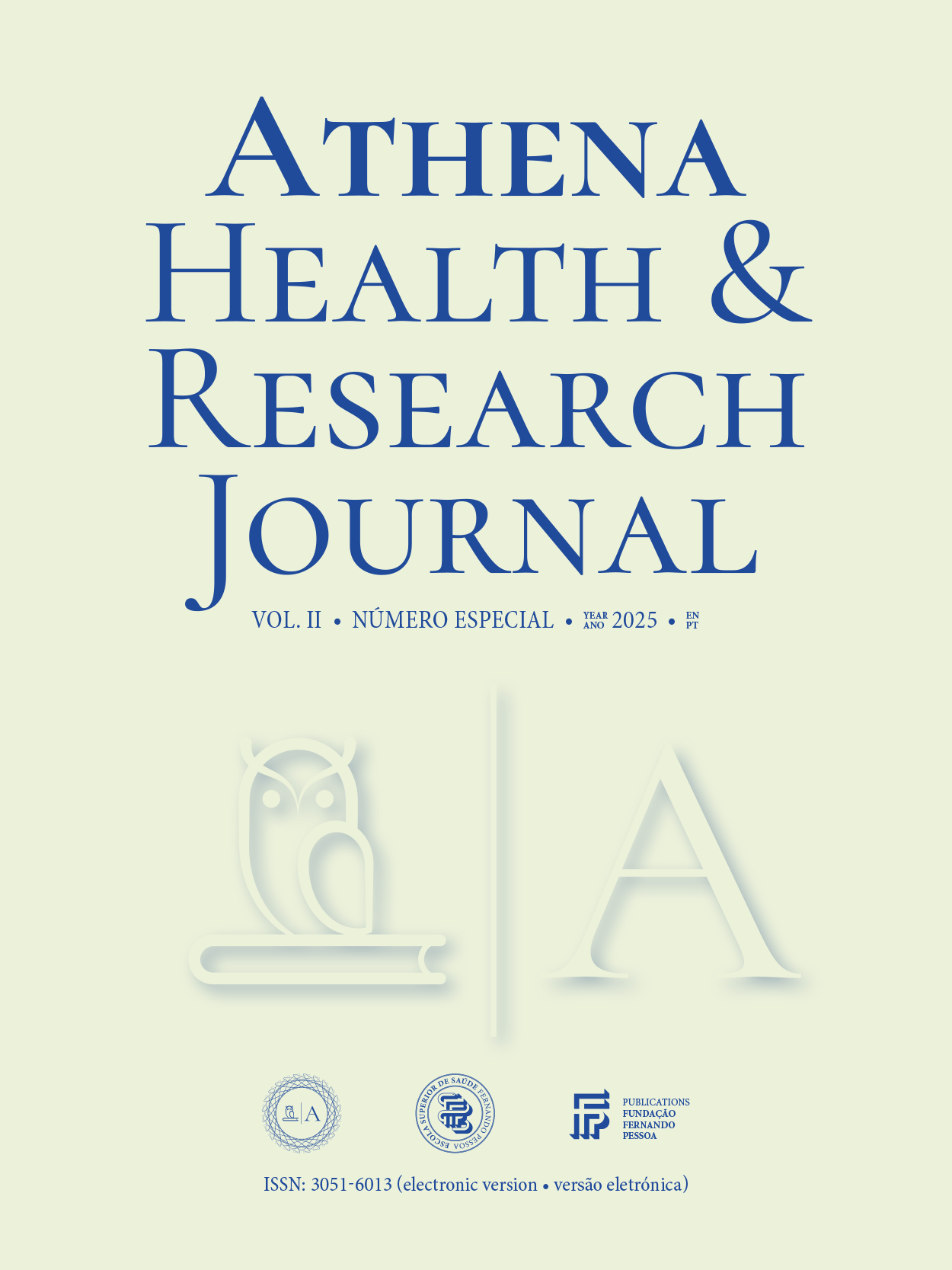Virtual reality: An innovative strategy to reduce anxiety in children in the preoperative period - preliminary results of a scoping review
DOI:
https://doi.org/10.62741/ahrj.v2iSuppl..79Keywords:
Virtual reality, children, anxiety, preoperative anxiety, preoperative periodAbstract
Introduction: Anxiety manifests significantly in children who need to undergo surgical procedures. In this context, Virtual Reality emerges as a promising nonpharmacological intervention, being used as a resource for distraction and entertainment for children. Understanding the influence of this immersive and innovative experience, which is especially engaging for children, is crucial to evaluate its impact on anxiety levels and to determine how it can be applied to reduce anxiety during the preoperative phase.
Objective: The main objective of this scoping review is to map the existing evidence on the use of virtual reality to manage children’s anxiety in the preoperative period.
Methodology: A scoping review was conducted following the recommendations of the Joanna Briggs Institute and the PRISMA-ScR checklist. The search was conducted in the CINAHL, MEDLINE, PsycINFO, PubMed, Web of Science, and LILACS databases, as well as in the gray literature. Studies published between January 2015 and March 2025 in English, Portuguese, and Spanish were included. The research strategy involves searching in the databases and search engines CINAHL, Medline, PsycINFO, PubMed, Web of Science, and LILACS, based on predefined inclusion and exclusion criteria.
Results: Twelve studies were eligible for inclusion in this review. These studies suggest that children undergoing surgery may benefit from virtual reality as a method to reduce anxiety.
Discussion: A preliminary reading a preliminary analysis indicates suggests that virtual reality has the potential to significantly reduce anxiety levels in children during the preoperative period). This reduction occurs both through distraction and through exposure to immersive and interactive experiences tailored to children’s needs. Furthermore, the available evidence indicates that virtual reality is generally well tolerated by children, demonstrating feasibility for its integration into clinical settings. Such integration may result in greater comfort and cooperation from children during surgical preparation, reinforcing the role of virtual reality as an innovative, effective, and technologically viable resource in the pediatric hospital environment.
Conclusions: A preliminary analysis indicates that virtual reality, by providing a highly immersive experience, may help reduce anxiety in children in surgical contexts. This scoping review will compile relevant information to assess the pertinence of innovative interventions in the health field, in conjunction with technological advances. Consequently, this study will offer a comprehensive view of the utility of virtual reality in reducing childhood anxiety. It is expected to identify research gaps, thereby serving as a foundation for guiding future studies in this area. Simultaneously, this review aims to serve as a starting point for mapping the available scientific evidence on the subject, contributing to an analysis of the relevance and efficacy of virtual reality in hospital and clinical settings.
References
NA
Downloads
Published
Issue
Section
License
Copyright (c) 2025 Athena Health & Research Journal

This work is licensed under a Creative Commons Attribution-NonCommercial 4.0 International License.
Copyright of published papers is assigned to the Journal, but all content is licensed under the terms of Creative Commons Non-comercial 4.0 International License. Thus users are allowed to read, download, copy, distribute, print, search, or link to the full texts of the articles, or use them for any other lawful purpose, without asking prior permission from the publisher or the author. This is in accordance with the BOAI definition of open access.














